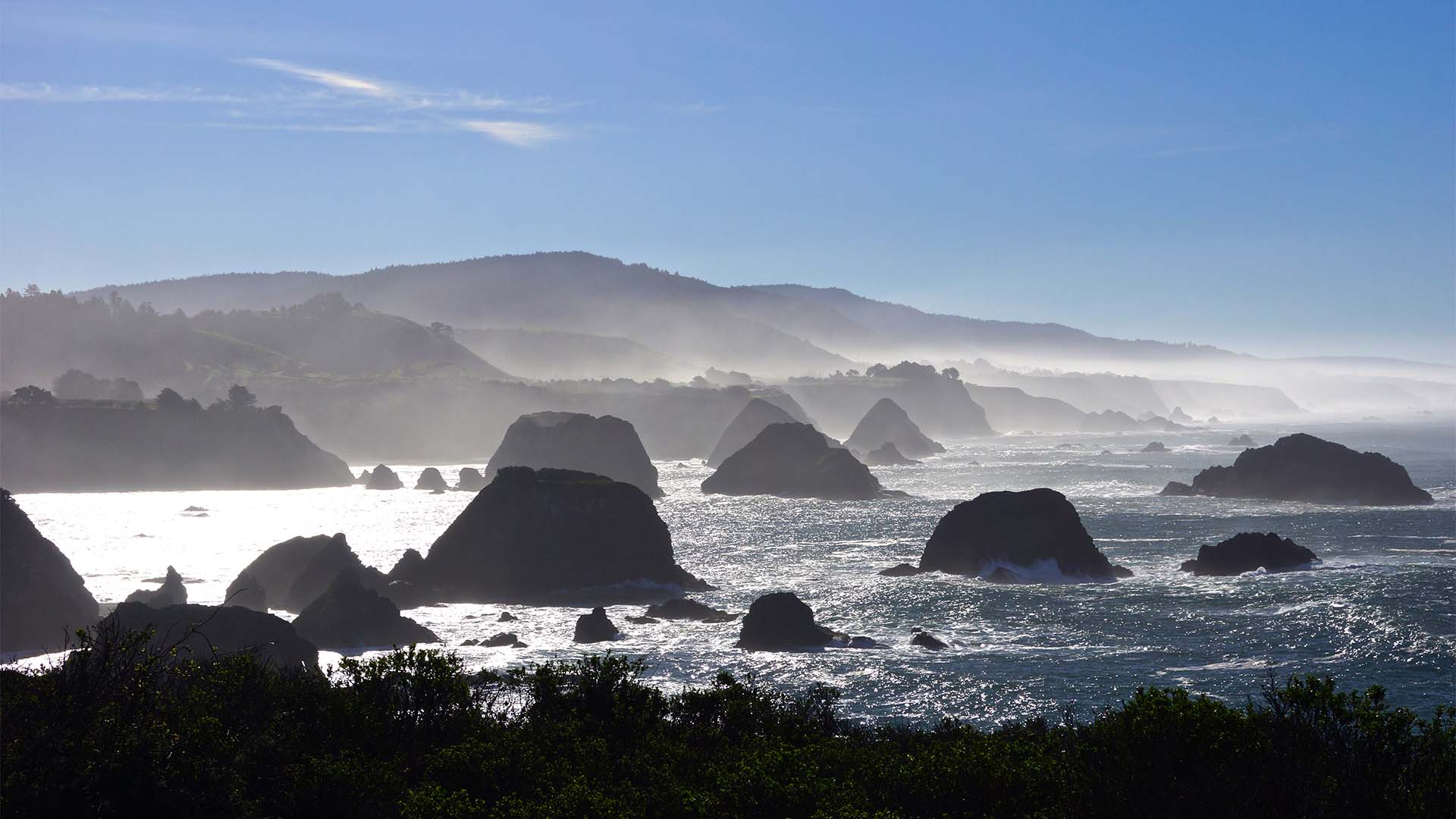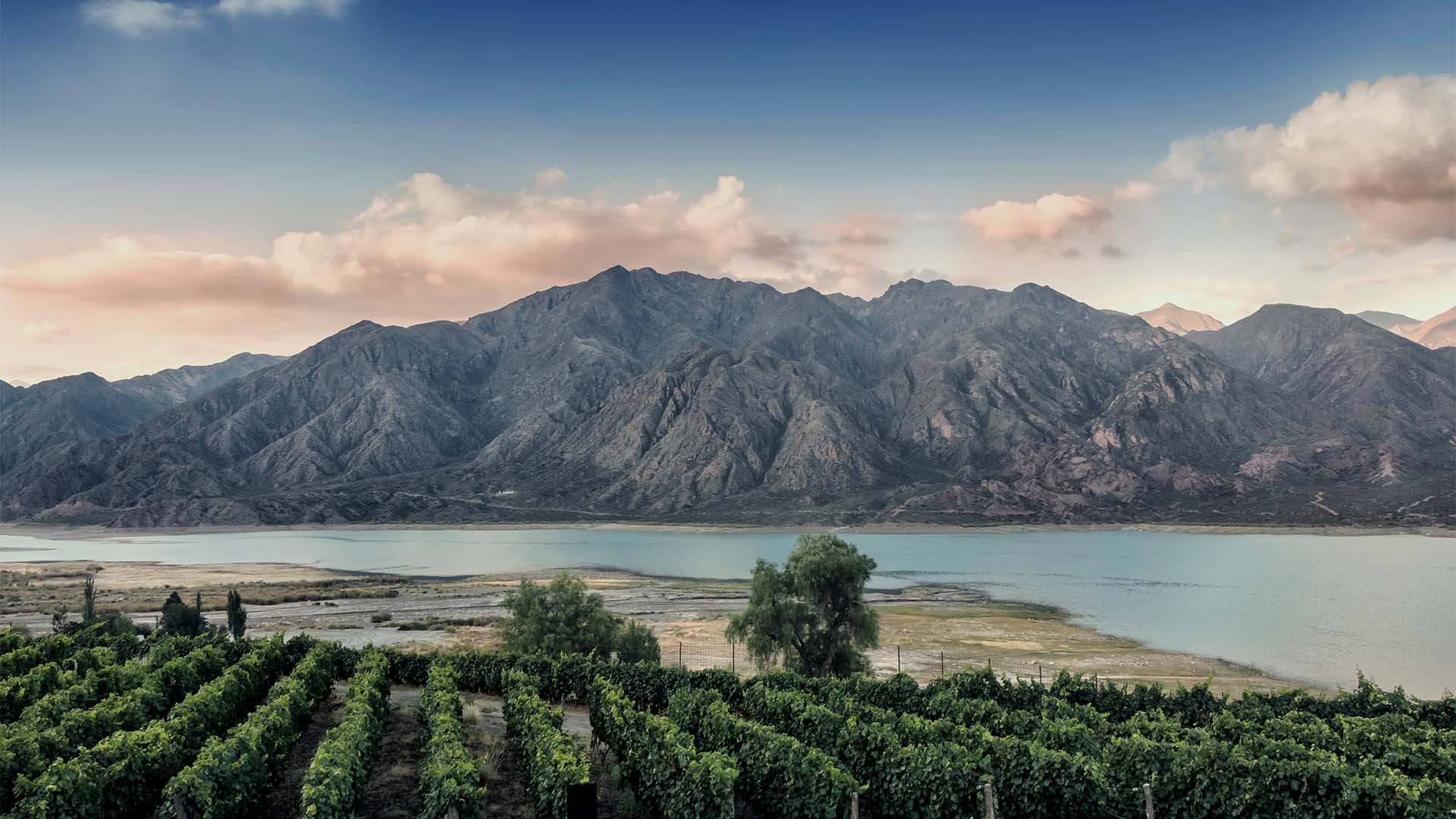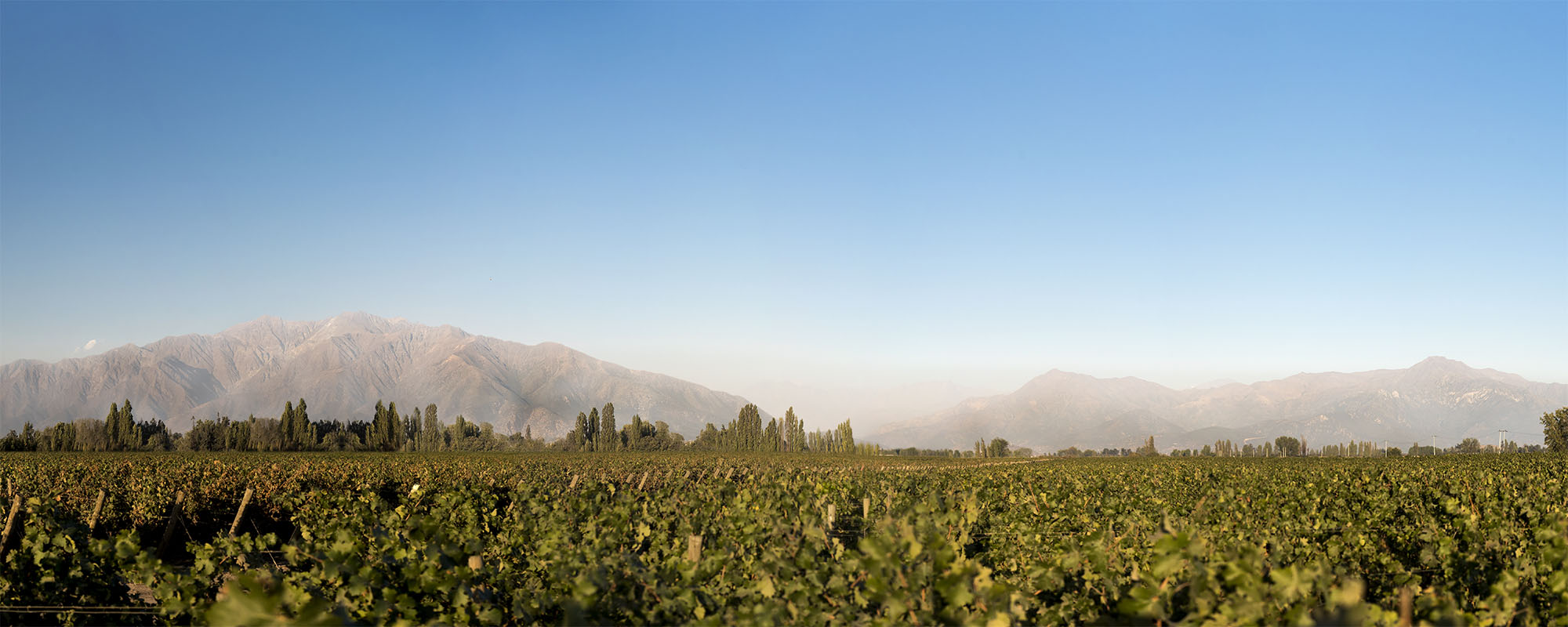
Rugged Terrain Meets World-Class Terroir
Chile is the oldest wine producing country in the New World. Its multitude of origins, together with exceptional geographical and weather characteristics, enable Chilean grapes to develop in an optimal way, obtaining aromas and flavors that help us to achieve the highest quality in our wines.
The country’s valleys offer an almost infinite variety of topographies, which are determined mainly by their proximity to the Andes Mountains in the east, the Central Valley, or the Pacific Ocean in the west.
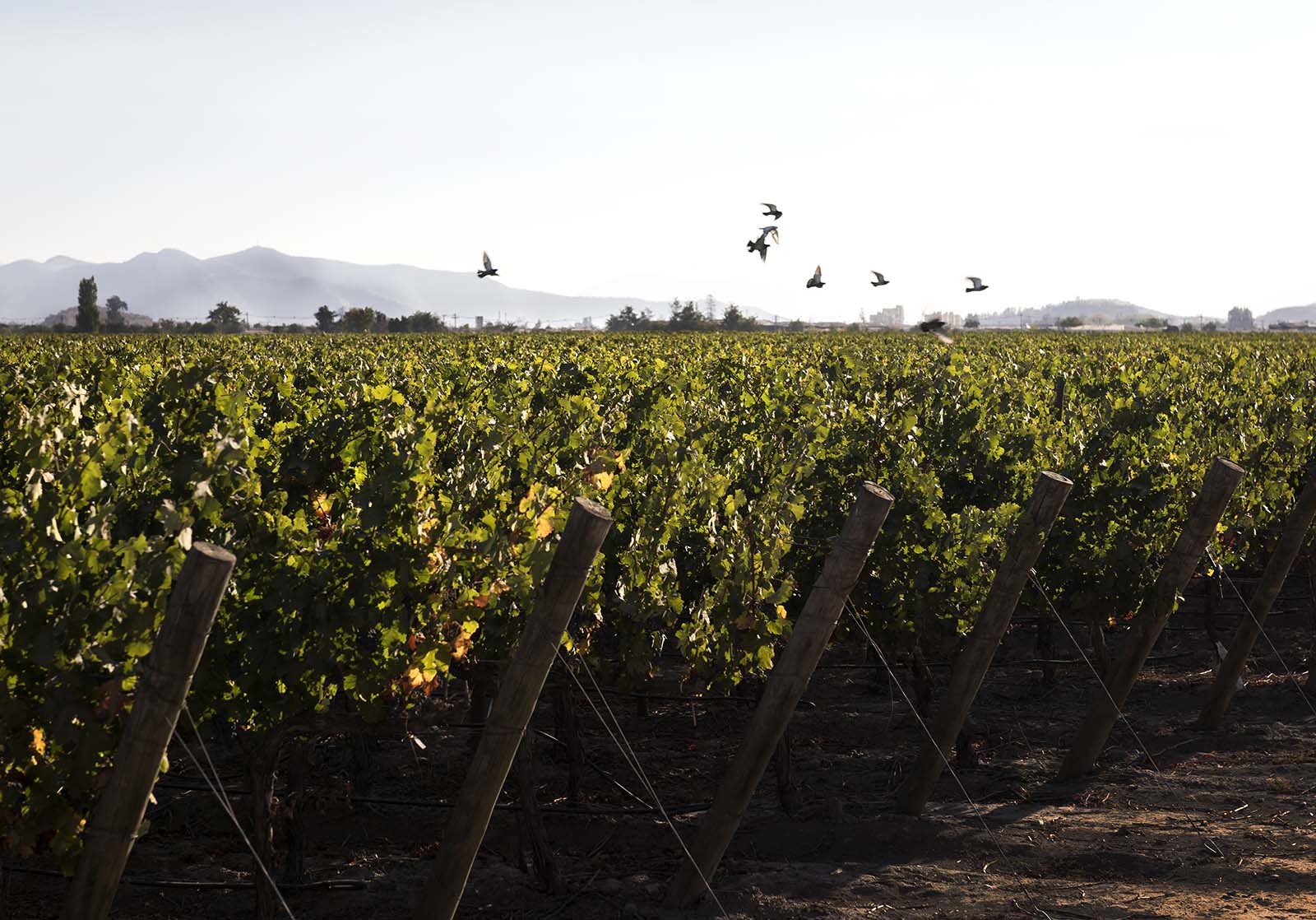
Maipo Valley
Maipo Valley, at the northern end of the Central Valley, is a celebrated producer of red wines, specifically Cabernet Sauvignon. The vines here bask in abundant sunlight at the foothills of the Andes Mountains. Cool nights temper the climate, and alluvial rocky soils give rise to wines with rich complexity.
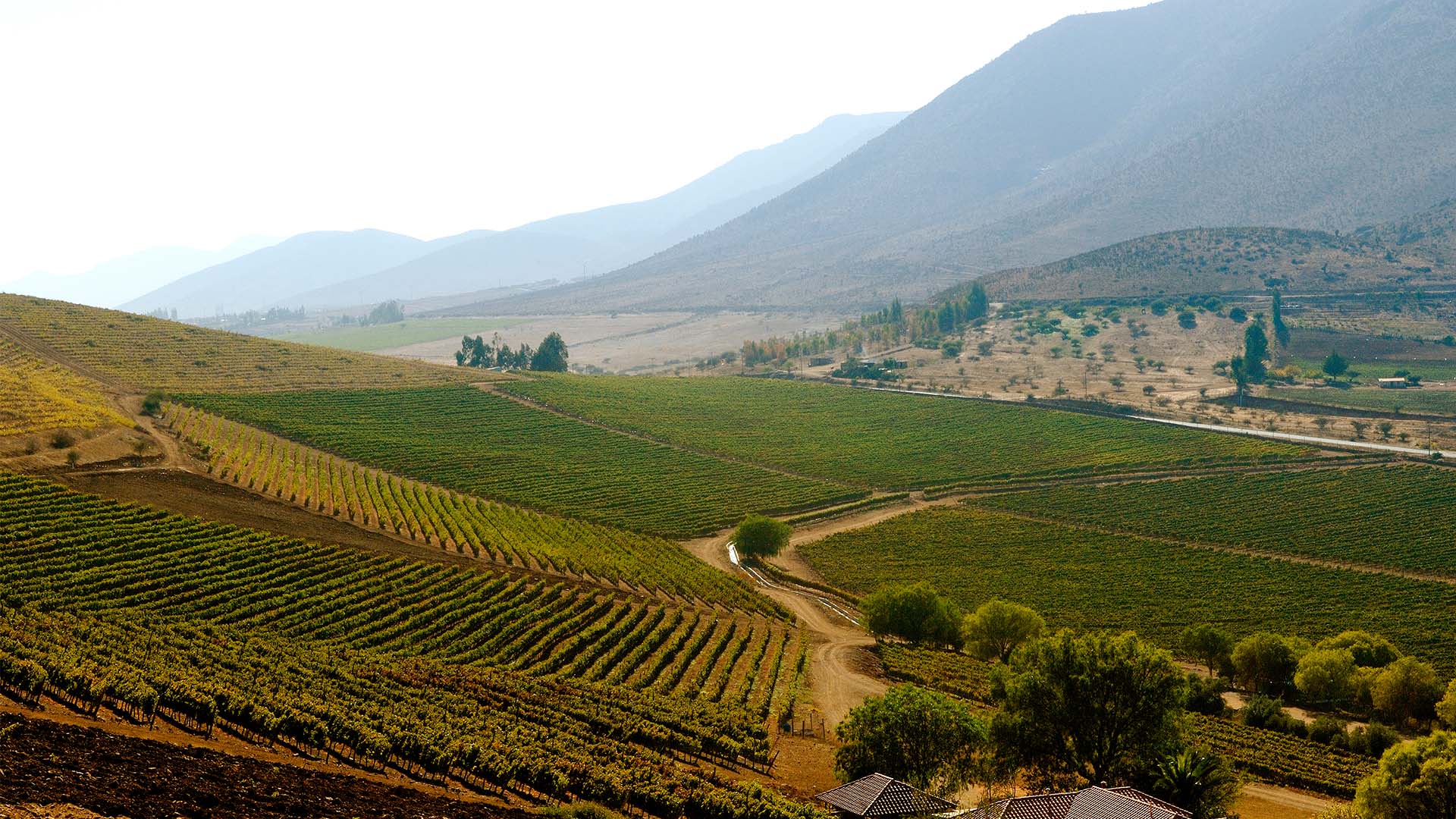
Limarí Valley
At the outer edge of northern Chile’s cultivable terrain, south of the arid Atacama Desert, Limarí Valley is a highly prized cool-climate region. Defined by its signature calcium carbonate soils and proximity to the cooling breezes of the Pacific Ocean, Limarí produces austere wines with pronounced minerality.
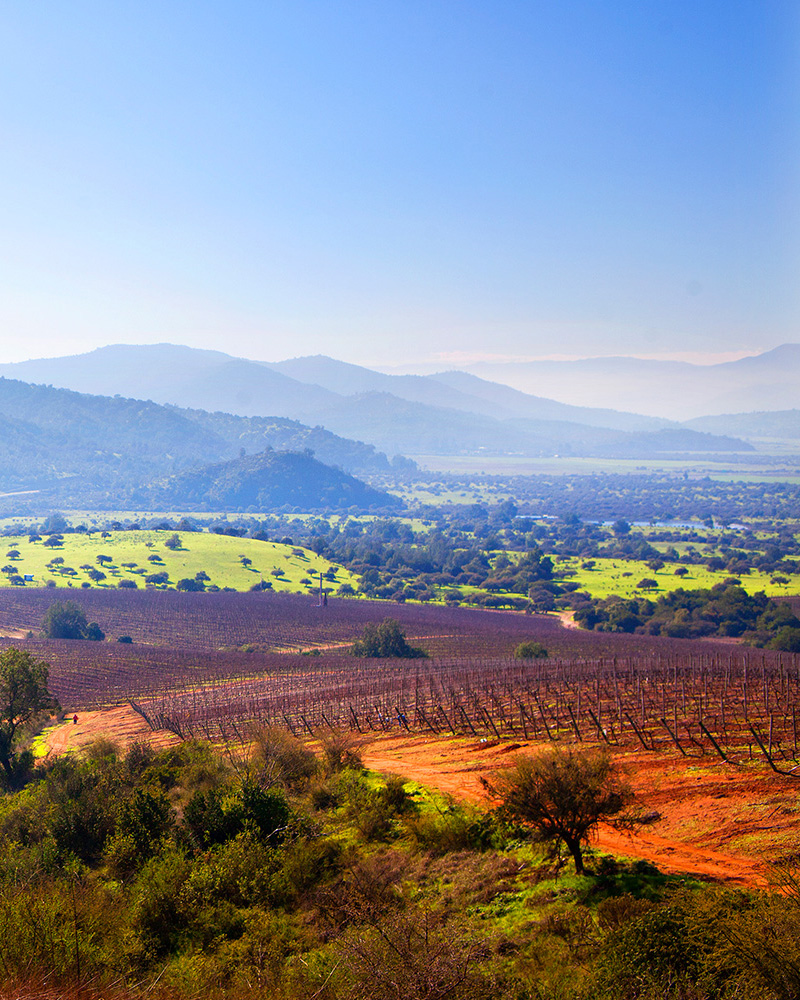
Casablanca Valley
Casablanca Valley, nestled 62 miles northwest of the city of Santiago, is a premier cool-climate region shaped by maritime breezes and cooling fog from the Pacific Ocean. Chile’s oldest Pinot Noir vines are planted to red clay and granite soils here, amid a coastal climate reminiscent of Burgundy, France.
Purchase Chilean Wines Online
Featured In







